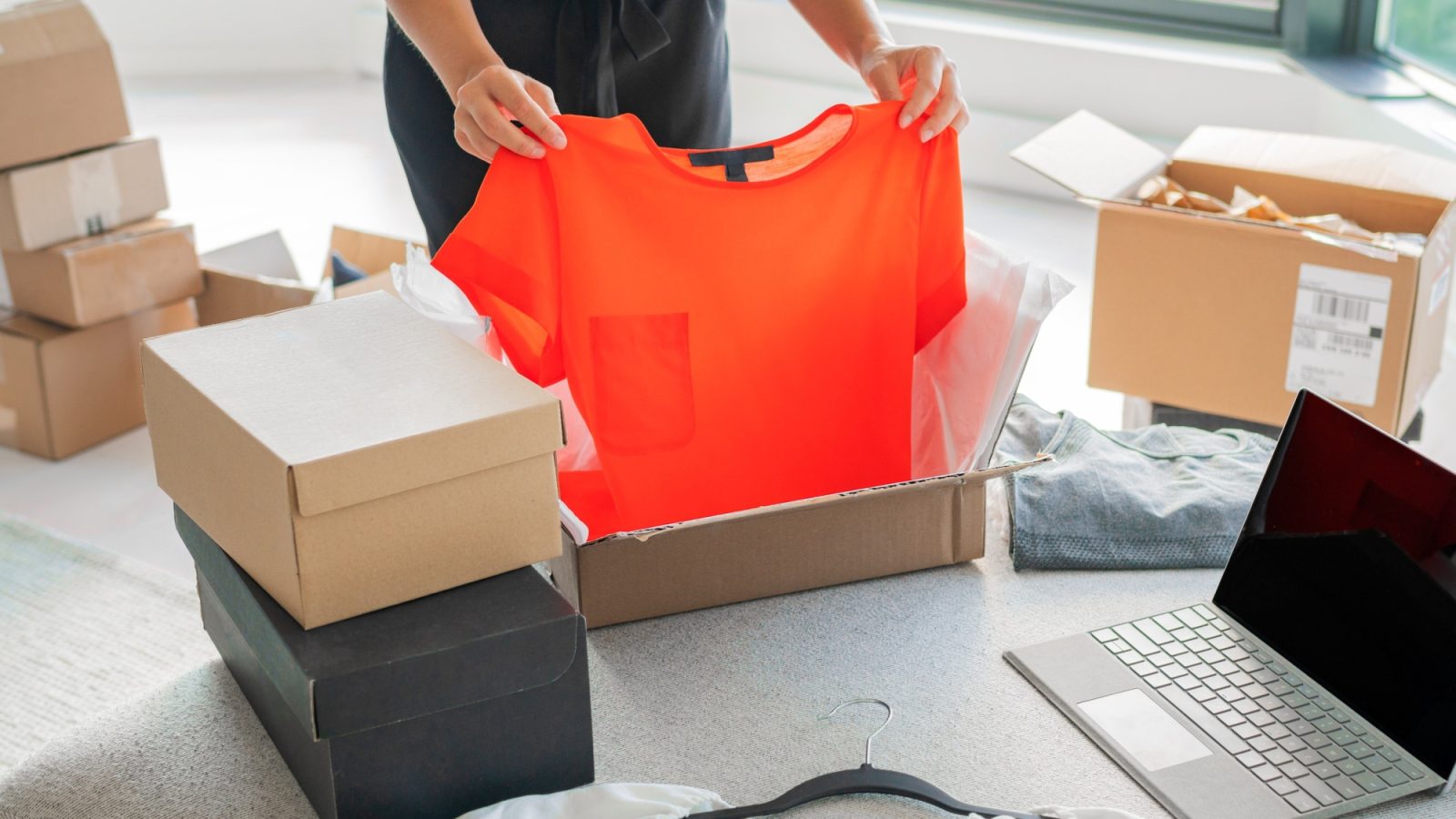Returns management has become a growing challenge among UK retailers and ecommerce businesses over the past decade.
According to Savills, such is the extent of this escalating pattern that consumers are expected to return a total of $1 trillion in goods in 2025.
As global e-commerce sales are projected to exceed $7.9 trillion by 2028, the scale and complexity of returns are expected to continue to grow.
This sweeping surge in returns is being driven by a shift in shopper expectations and behaviours that have become embedded within the fabric of modern-day consumer culture.
In the fashion space in particular, the increased proclivity to return items has given rise to specific shopping behaviours such as ‘bracketing’, where shoppers buy multiple sizes or colours to try on at home and subsequently return the unwanted items, and ‘wardrobing’, where shoppers buy an item with the intention of wearing it once, before returning it for a refund.
In the UK alone, returns cost retailers approximately £27 billion last year, with the average online return rate sitting at around 20%, with specific industries such as fashion seeing rates as high as 30%.
Recent studies show that nearly two-thirds of UK online shoppers now expect free and easy returns as a basic part of the shopping experience.
While offering such perks has helped build trust and encourage purchasing confidence among consumers, it has also created a relatively risk-free shopping environment, one that fuels over-ordering and puts mounting pressure on retailers to ensure their returns management, or reverse logistics, processes are airtight.
Aramex UK, a provider of tailored global logistics solutions for fashion retailers and ecommerce brands, notes that the demand for seamless and cost-effective returns has made prioritising smarter, more efficient solutions critical to remaining competitive in what continues to be a challenging time for the industry.
To manage the impact of this tidal wave of returns, Aramex UK’s Haissam Badr says that an indifferent approach to returns management will almost certainly have a detrimental effect on profitability, as well as customer loyalty.

Haissam Badr comments: “Long gone are the days where retailers can treat returns as an afterthought. The way buying habits are changing means that consumers, especially those among the younger generations, now expect a frictionless return process that is entirely hassle free and doesn’t compromise their overall shopping experience. Failing to deliver on this will only translate into lost business by driving customers to competitors, as once that customer experience is damaged, it’s nearly impossible to win back that trust.
“We live in a time where consumers have countless alternatives at their fingertips, so a poor returns experience can be the difference between a one-time purchase and gaining a lifelong customer. Consumers essentially expect the same convenience in returning items as they experience during purchase, and that’s now becoming a challenge for retailers that haven’t adapted their reverse logistics strategies to cater to this demand.
“On top of this, there’s also the hidden cost element which retailers may not consider – the operational burden of processing returns. Each returned item carries multiple cost layers, including reverse transport, inspection, repackaging or disposal, re-stocking, labour, and warehouse space, returns also create additional challenges such as items sitting idle, reducing cash flow and increasing the likelihood of discounting products or potentially writing them off altogether.”
From a reverse logistics standpoint, Aramex UK emphasises that simplifying the returns process with minimal steps is essential for maintaining customer satisfaction and keeping operations running smoothly.
With global e-commerce growth showing no signs of slowing, the pressure on retailers to optimise these processes is increasing, with Aramex UK estimating that inefficient returns management can add a significant amount to a retailer’s overall logistics costs if left unaddressed.
“Having a returns policy just for the sake of it isn’t enough”, Haissam Badr continued. The key is to optimise the supply reverse chain element, so it benefits both customers and the business. Retailers should prioritise efficient pickup options and leverage automated labelling to reduce errors, while also addressing challenges such as bracketing, where shoppers order multiple items with the intention of returning most of them.
“Equally, by integrating cutting-edge technology such as AI, real-time tracking and cloud-based systems, businesses can paint a much clearer picture of what’s happening across their returns process.
“This not only helps them manage stock more effectively by spotting patterns such as peak return periods or popular exchanges but gives them the opportunity to accurately plan ahead to keep costs and waste down. This level of insight also supports sustainability by reducing unnecessary shipments.”